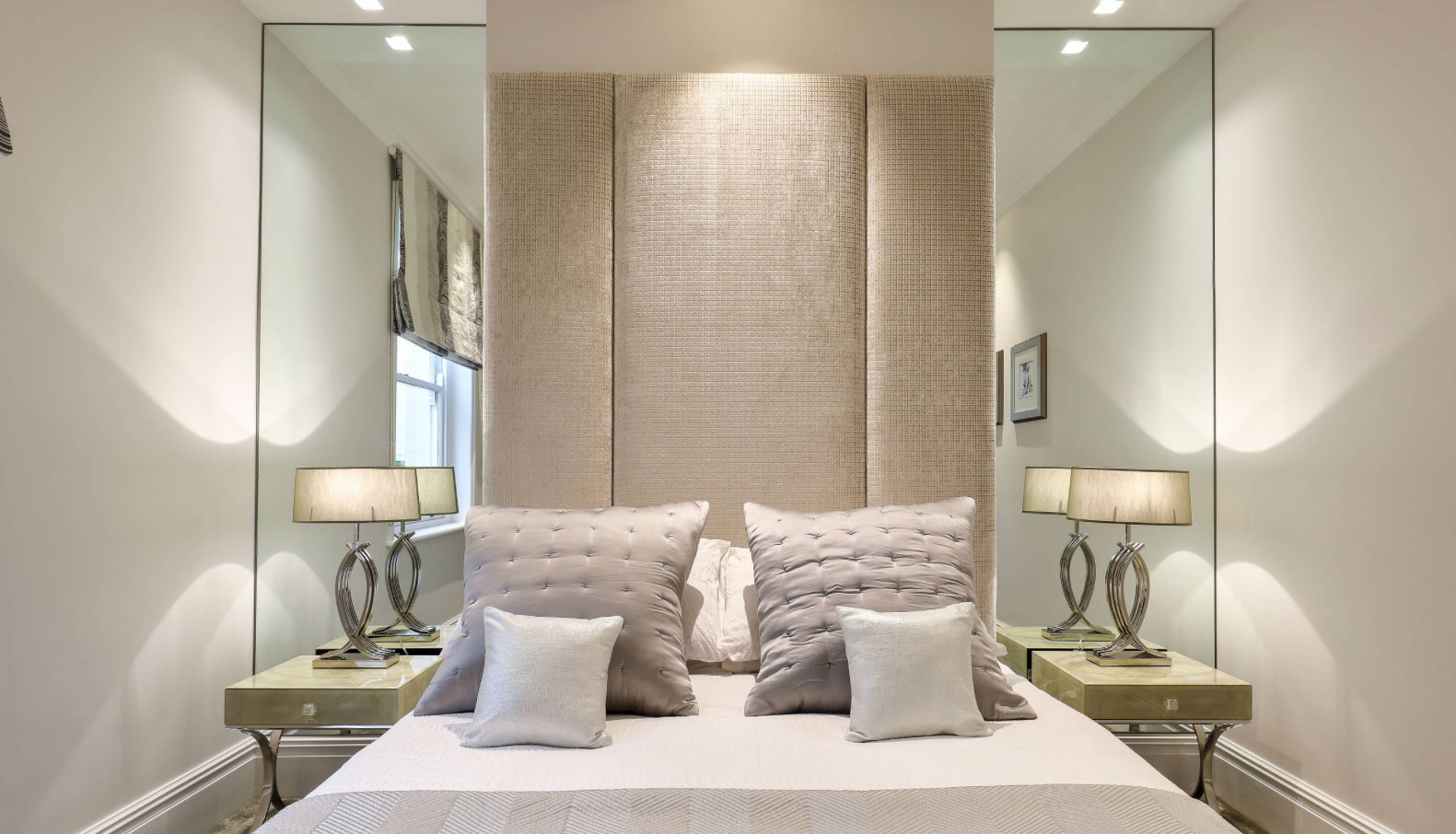

Articles
How To Make A Room Look Bigger With Mirrors
Modified: October 27, 2024
Discover helpful articles on how to make a room look larger using mirrors. Transform your space with these simple yet effective tips and tricks.
(Many of the links in this article redirect to a specific reviewed product. Your purchase of these products through affiliate links helps to generate commission for Storables.com, at no extra cost. Learn more)
Introduction
Have you ever wished that your room could feel more spacious and open? Luckily, there’s a simple and effective solution: mirrors. Mirrors have long been used in interior design to create the illusion of space and bring more light into a room. By strategically placing mirrors and using certain techniques, you can make even the smallest of rooms feel larger and more inviting.
In this article, we will explore how to make a room look bigger with mirrors. From understanding the illusion of space to choosing the right mirror size and placement, we’ll provide you with the tips and tricks you need to transform your space. So, let’s get started on creating a room that feels like a breath of fresh air.
Key Takeaways:
- Strategically placing mirrors can create the illusion of space by reflecting light and objects, making rooms feel larger and more inviting. Experiment with different angles and sizes to maximize the impact.
- Incorporating reflective surfaces, furniture, and other design tricks alongside mirrors can enhance the feeling of openness in a room. From light color palettes to strategic lighting, every detail contributes to creating a visually stunning and expansive environment.
Read more: How To Make Windows And Rooms Look Bigger
Understanding the Illusion of Space
Before we delve into the specific techniques for using mirrors to make a room appear larger, it’s important to understand the basic principles of creating the illusion of space. By utilizing these principles, you can maximize the impact of mirrors in your design.
One of the fundamental concepts to grasp is that mirrors reflect light and objects, creating the illusion of depth and open space. When light hits a reflective surface, it bounces back, giving the impression that the room extends beyond its physical boundaries.
The size and placement of mirrors can greatly influence how spacious a room feels. Large mirrors can make ceilings appear higher and walls seem farther away. Placing them strategically opposite windows can also enhance the feeling of natural light and openness.
Another aspect to consider is the angle at which the mirror is positioned. A slightly tilted mirror can reflect more of the room, giving the impression of a larger space. Experiment with different angles to find the most flattering reflection that opens up the room.
Understanding the illusion of space is key to effectively using mirrors in your interior design. With this foundation, let’s move on to the practical aspects of choosing the right mirror size.
Choosing the Right Mirror Size
When it comes to making a room look bigger with mirrors, size matters. The size of the mirror you choose can greatly impact the overall visual effect and the perceived size of the space. Here are some guidelines to consider when selecting the right mirror size:
- Consider the dimensions of the wall where the mirror will be placed. A large wall can accommodate a full-length or oversized mirror, while a smaller wall may need a smaller or medium-sized mirror.
- Think about the purpose of the mirror. If you want to create a focal point in the room, consider a statement mirror with an intricate frame or decorative details. For a more minimalist look, a simple and sleek mirror will do the trick.
- Take into account the scale of the furniture and other elements in the room. A mirror that is too small compared to the rest of the room’s decor may seem out of place and fail to create the desired illusion of space.
- Consider the height of the room. If you have high ceilings, opt for a taller mirror to accentuate the vertical dimension of the space. On the other hand, if the ceiling is low, a wider mirror can help make the room appear wider.
- Keep in mind that you don’t necessarily need a single large mirror. You can create the illusion of space by using a collection of smaller mirrors arranged in an interesting pattern or design.
By choosing the right mirror size, you can ensure that it complements the overall aesthetic of the room while maximizing the perceived space. Next, let’s explore the importance of placement and angle when it comes to using mirrors to create the illusion of space.
<
>Placement and Angle of Mirrors<
>
Once you have chosen the right size mirror for your space, it’s time to consider the placement and angle. The placement and angle of mirrors can greatly impact the overall effect and the perception of space in a room.
First, consider the placement of mirrors. One popular technique is to hang a mirror on the wall opposite a window. This allows the mirror to reflect the natural light from outside, filling the room with brightness and creating the illusion of an expanded space. It’s essential to make sure that the mirror is positioned at a right angle to the window for maximum effect.
Additionally, you can experiment with placing mirrors on adjacent walls to create a sense of continuity and depth. By placing mirrors strategically in corners or hallways, you can make the space feel more expansive and open.
Now, let’s talk about the angle of mirrors. A slight tilt or angle to the mirror can enhance the illusion of depth and space. By angling the mirror slightly downwards, you can create the illusion of a longer hallway or a taller ceiling. Conversely, angling the mirror upwards can make a low ceiling appear higher.
Furthermore, consider the placement and angle of mirrors in relation to the focal point of the room. If you have a stunning artwork or an attractive piece of furniture, positioning a mirror nearby and at a slight angle can create a captivating visual effect while amplifying the sense of space.
Remember that it’s crucial to experiment with different placements and angles to find the most optimal configuration for your space. Every room is unique, and what works for one may not work for another.
Now that we have covered the placement and angle of mirrors, let’s move on to the next technique: hanging mirrors strategically.
Hanging Mirrors Strategically
When it comes to making a room look bigger with mirrors, strategic placement is key. By hanging mirrors in specific areas, you can create a sense of depth and openness. Here are some tips for hanging mirrors strategically:
- Place a mirror above a fireplace or mantel. This not only serves as a focal point but also adds depth to the room by reflecting the space below.
- Hang a mirror on the wall opposite a piece of artwork or a stunning architectural element. The mirror will reflect the beauty of the object, while also making the room feel larger and more visually interesting.
- Consider hanging a mirror behind a dining table or a console table. This will create a sense of spaciousness and add dimension to the room.
- Place a mirror on a wall adjacent to a window to maximize the natural light and create the illusion of additional windows.
- Hang mirrors on walls that face each other. This will create a sense of infinity and visually expand the space.
Additionally, consider the frame and style of the mirror. A mirror with a decorative frame can add personality to the room and act as a statement piece. On the other hand, a frameless or minimalist mirror can blend seamlessly with the decor and create a more subtle effect.
As you hang mirrors strategically, be mindful of creating balance and symmetry within the space. Avoid overcrowding walls with too many mirrors, as this can create a cluttered look. Instead, focus on selecting key areas where the mirror will have the most impact.
By hanging mirrors strategically, you can enhance the illusion of space and create a visually stunning environment. Next, let’s explore the concept of using multiple mirrors for maximum effect.
Use large mirrors to create the illusion of more space in a room. Place them opposite a window to reflect natural light and make the room feel brighter and more spacious.
Read more: How To Make A Small Dining Room Look Bigger
Using Multiple Mirrors for Maximum Effect
When it comes to creating the illusion of space with mirrors, one mirror may not always be enough. By incorporating multiple mirrors into your design, you can maximize the visual impact and enhance the feeling of openness. Here are some tips for using multiple mirrors:
- Create a gallery wall of mirrors. Hang a collection of mirrors in various shapes and sizes on a large wall to create a visually captivating display. This not only adds depth to the room but also acts as a statement piece.
- Use mirrored panels or tiles. Instead of using traditional framed mirrors, consider using mirrored panels or tiles to create a seamless and continuous reflective surface. This can be particularly effective in smaller spaces like bathrooms or hallways.
- Group mirrors together. Arrange smaller mirrors in a cluster or grid pattern to add visual interest and create the illusion of a larger space. This technique works well in areas like entryways or bedrooms.
- Place mirrors on different walls. Instead of focusing on a single wall, scatter mirrors across different walls in the room. This will create a sense of movement and flow, making the space feel more expansive.
- Combine mirrors with other reflective surfaces. Incorporate mirrored furniture, glass tabletops, or metallic accessories to complement the mirrors and amplify the sense of space.
When using multiple mirrors, it’s important to maintain balance and visual harmony within the room. Consider the overall composition and ensure that the mirrors complement the existing decor and architectural features.
By incorporating multiple mirrors into your design, you can take the illusion of space to the next level and create a truly captivating environment. Next, let’s explore how reflective surfaces and furniture can enhance the overall effect.
Reflective Surfaces and Furniture
While mirrors play a significant role in making a room appear larger, they are not the only elements that can create the illusion of space. Reflective surfaces and furniture also play a crucial role in enhancing the overall effect. Here are some ways to incorporate reflective surfaces and furniture into your design:
- Choose furniture with mirrored or glass surfaces. Opt for coffee tables, sideboards, or cabinets with mirrored or glass tops. These pieces will reflect light and create a sense of spaciousness in the room.
- Consider metallic finishes. Incorporate metallic elements such as brass or chrome in your furniture, lighting fixtures, or decorative accessories. These finishes reflect light and add a touch of sophistication to the space.
- Use glass or mirrored accent pieces. Include glass vases, mirrored trays, or glass shelving units in your design. These elements will further enhance the reflection of light and contribute to the overall sense of openness.
- Utilize mirrored backsplashes or tiles. In the kitchen or bathroom, consider using mirrored tiles or backsplashes to create a reflective surface that visually expands the space.
- Hang a statement chandelier. A well-placed chandelier with crystal or glass accents can not only serve as a beautiful focal point but also reflect light and make the room feel more spacious.
When incorporating reflective surfaces and furniture, it’s important to achieve a balance between practicality and aesthetics. Ensure that these elements blend seamlessly with the overall design of the room and complement the existing color palette and style.
By including these reflective surfaces and furniture in your design, you can enhance the illusion of space created by mirrors and create a visually stunning and expansive environment.
Now that we have explored the use of mirrors, reflective surfaces, and furniture, let’s move on to the next technique: creating depth with mirrors.
Creating Depth with Mirrors
Mirrors are not only great for making a room look bigger, but they can also be used strategically to create depth and dimension within a space. By incorporating mirrors in specific ways, you can add visual interest and make a room feel more multi-dimensional. Here are some tips for creating depth with mirrors:
- Use mirrors to reflect a focal point. If you have a stunning painting, a unique piece of furniture, or an architectural feature, position a mirror to reflect it. This creates a sense of depth and draws attention to the focal point, making the room feel more dynamic.
- Place mirrors at the end of a hallway. By hanging a mirror at the end of a hallway, you can create the illusion of an extended space. The mirror will reflect the hallway, making it appear much longer than it actually is.
- Install a mirror behind shelves or cabinets. By adding a mirror as a backdrop to shelving or cabinets, you can instantly create the illusion of depth. This will make the shelves or cabinets appear more recessed and add visual interest to the overall design.
- Consider using mirrored doors or panels. If you have large closets or storage areas in the room, opt for mirrored doors or panels. This not only adds functionality by providing a full-length mirror but also visually expands the space by reflecting the surrounding area.
- Experiment with different shapes and angles. Instead of sticking to traditional rectangular mirrors, consider using circular or oval mirrors. These shapes can add a unique focal point and create an eye-catching design element.
As you incorporate mirrors to create depth, pay attention to the overall layout and composition of the room. Ensure that the mirrors are positioned in a way that enhances the flow and visual appeal of the space.
By employing these techniques, you can transform a flat and one-dimensional room into a visually engaging and multi-dimensional space. Next, let’s explore some other tricks for creating the illusion of space.
Other Tricks for Creating the Illusion of Space
In addition to using mirrors strategically, there are several other tricks you can employ to create the illusion of space in a room. These techniques work in harmony with mirrors to enhance the overall effect and make the space feel more open and expansive. Here are some additional tricks to consider:
- Choose a light color palette. Light-colored walls, furniture, and accessories can reflect more natural light and make a room feel brighter and more spacious. Opt for shades of white, cream, pastels, or other neutral tones.
- Maximize natural light. Make the most of any natural light sources in the room by keeping windows clear of heavy curtains or blinds. Use sheer or light-filtering window coverings to allow ample light to enter the space.
- Declutter and organize. A cluttered room can feel cramped and claustrophobic. Keep surfaces clean and organized, and minimize unnecessary items to create a more open and airy atmosphere.
- Utilize vertical space. Make use of tall shelves, wall-mounted cabinets, or floor-to-ceiling bookshelves to draw the eye upward and make the room appear taller. This vertical emphasis creates the illusion of higher ceilings and a more expansive space.
- Opt for furniture with exposed legs. Furniture with exposed legs creates a sense of openness and a more spacious visual flow. Sofas, chairs, and tables with legs allow light to pass through and create an airy effect.
- Hang curtains high. Install curtain rods close to the ceiling and choose curtains that are long enough to almost touch the floor. This elongates the walls and gives the impression of taller windows and higher ceilings.
- Use strategic lighting. Brighten the room with a combination of ambient, task, and accent lighting. Well-placed lighting fixtures can illuminate dark corners and add depth to the space.
By incorporating these additional tricks, you can complement the use of mirrors and maximize the illusion of space in your room. Remember to maintain a balance between functionality and aesthetics, creating a harmonious and visually pleasing environment.
Now that we have explored various techniques for creating the illusion of space, let’s conclude our journey.
Conclusion
Creating the illusion of space in a room is easily achievable with the clever use of mirrors and strategic design techniques. By understanding the principles of space perception and applying them effectively, you can transform even the smallest of rooms into inviting and visually expansive spaces.
Choosing the right mirror size, considering placement and angle, and hanging mirrors strategically are all essential aspects of making a room look bigger. The use of multiple mirrors and reflective surfaces and furniture further enhances the overall effect, adding depth and dimension to the space. By experimenting with different techniques, you can find the perfect combination that suits your aesthetic preferences and space requirements.
It’s important to remember that creating the illusion of space goes beyond mirrors alone. Incorporating a light color palette, maximizing natural light, decluttering, and utilizing vertical space and strategic lighting are all effective strategies to enhance the feeling of openness in a room.
By applying these tricks and techniques, you can create a room that not only looks bigger but also feels more inviting, airy, and comfortable. The impact of these design choices goes beyond visual perception; it can positively influence your mood and overall well-being.
So, take the time to assess your space, experiment with different mirror placements and configurations, and consider incorporating other design tricks to make the most of your room. With creativity, attention to detail, and a strategic approach, you can transform any space into a stunning and expansive environment.
Now, it’s time to put these ideas into action and start making your room look bigger with mirrors. Embrace the power of reflection and enjoy the transformation it brings to your living space.
Excited about making your room look bigger with mirrors? You might also love our selection of gorgeous mirrors perfect for any decor. Whether you're sprucing up your living space or just adding a touch of elegance, check out our article on decorative mirrors. You'll find eye-catching designs that not only enhance your decor but also complement the spacious feel you're aiming for.
Frequently Asked Questions about How To Make A Room Look Bigger With Mirrors
Was this page helpful?
At Storables.com, we guarantee accurate and reliable information. Our content, validated by Expert Board Contributors, is crafted following stringent Editorial Policies. We're committed to providing you with well-researched, expert-backed insights for all your informational needs.
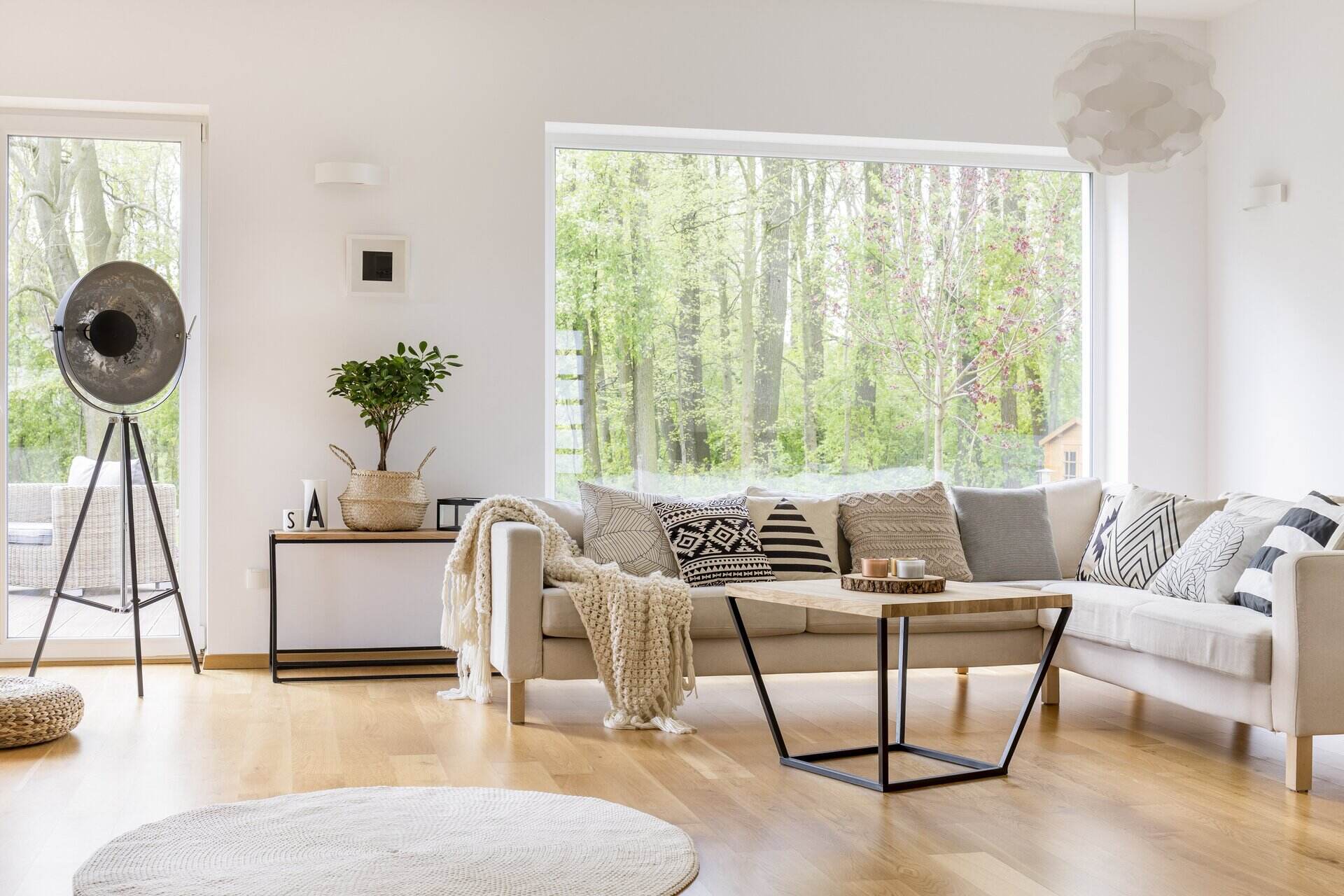
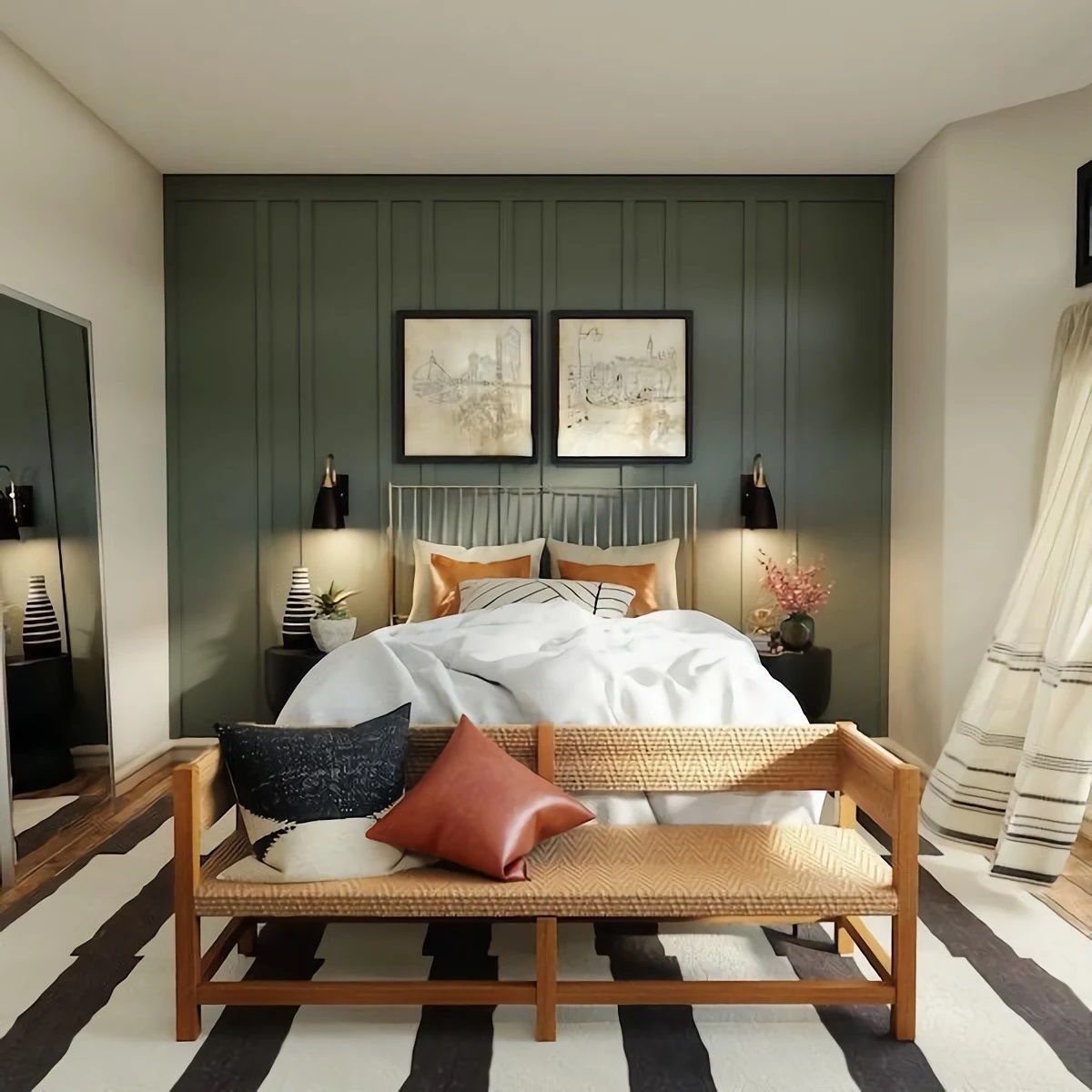
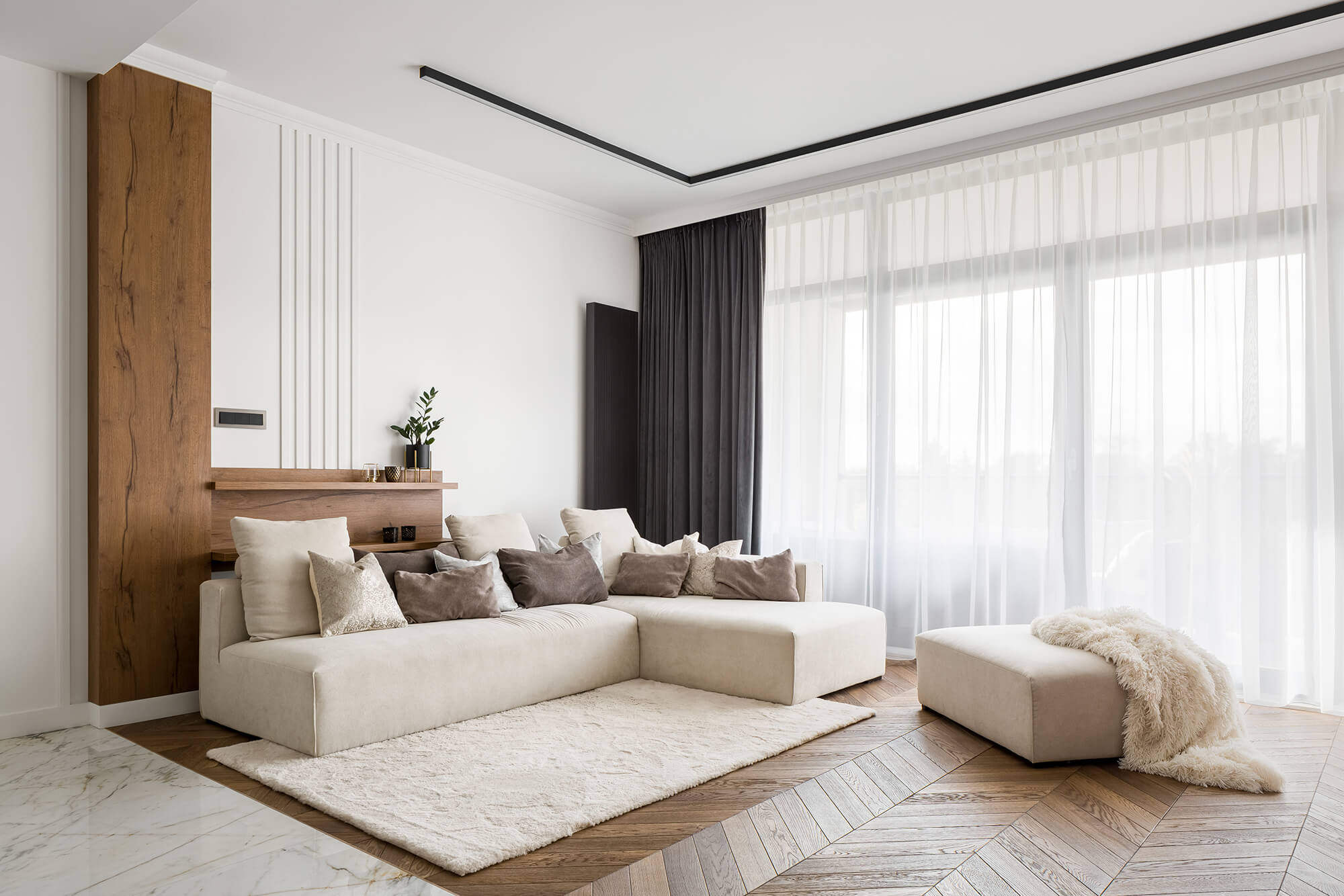

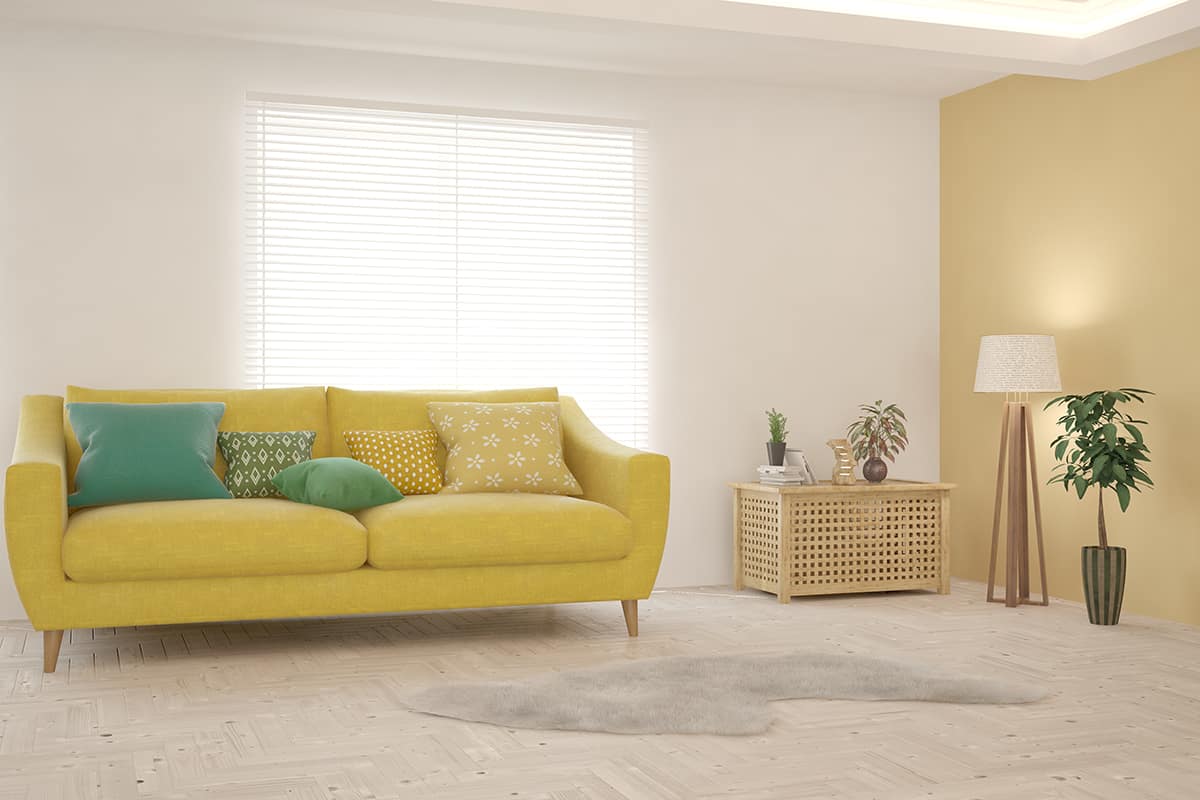
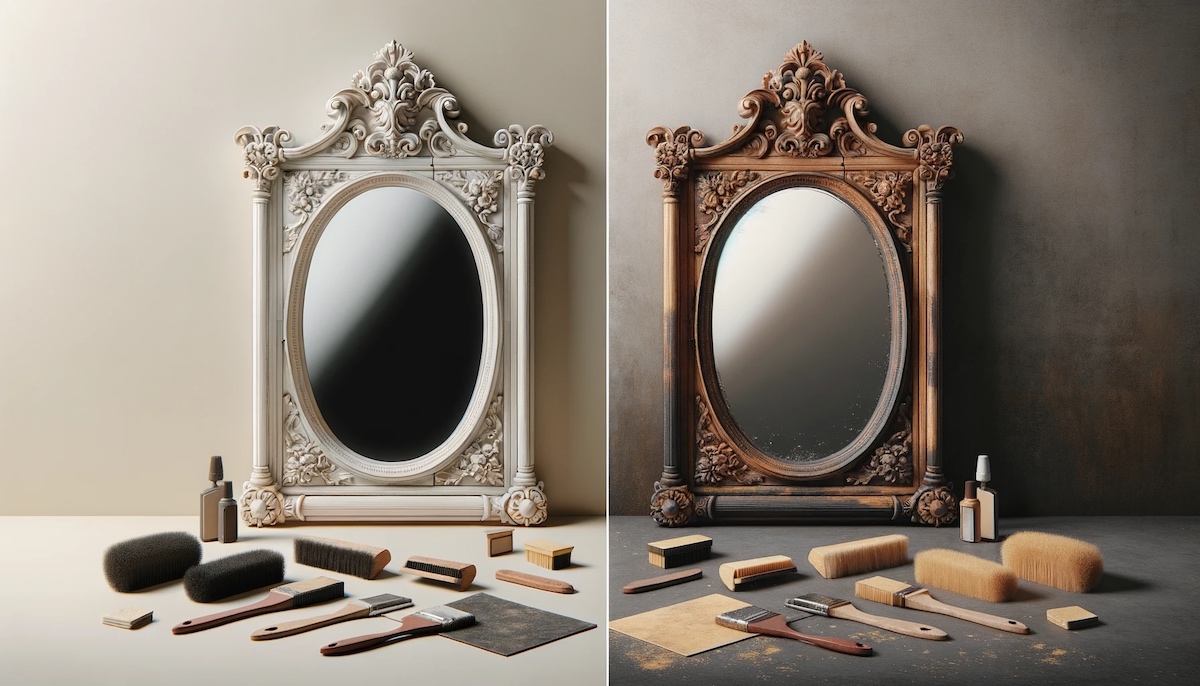
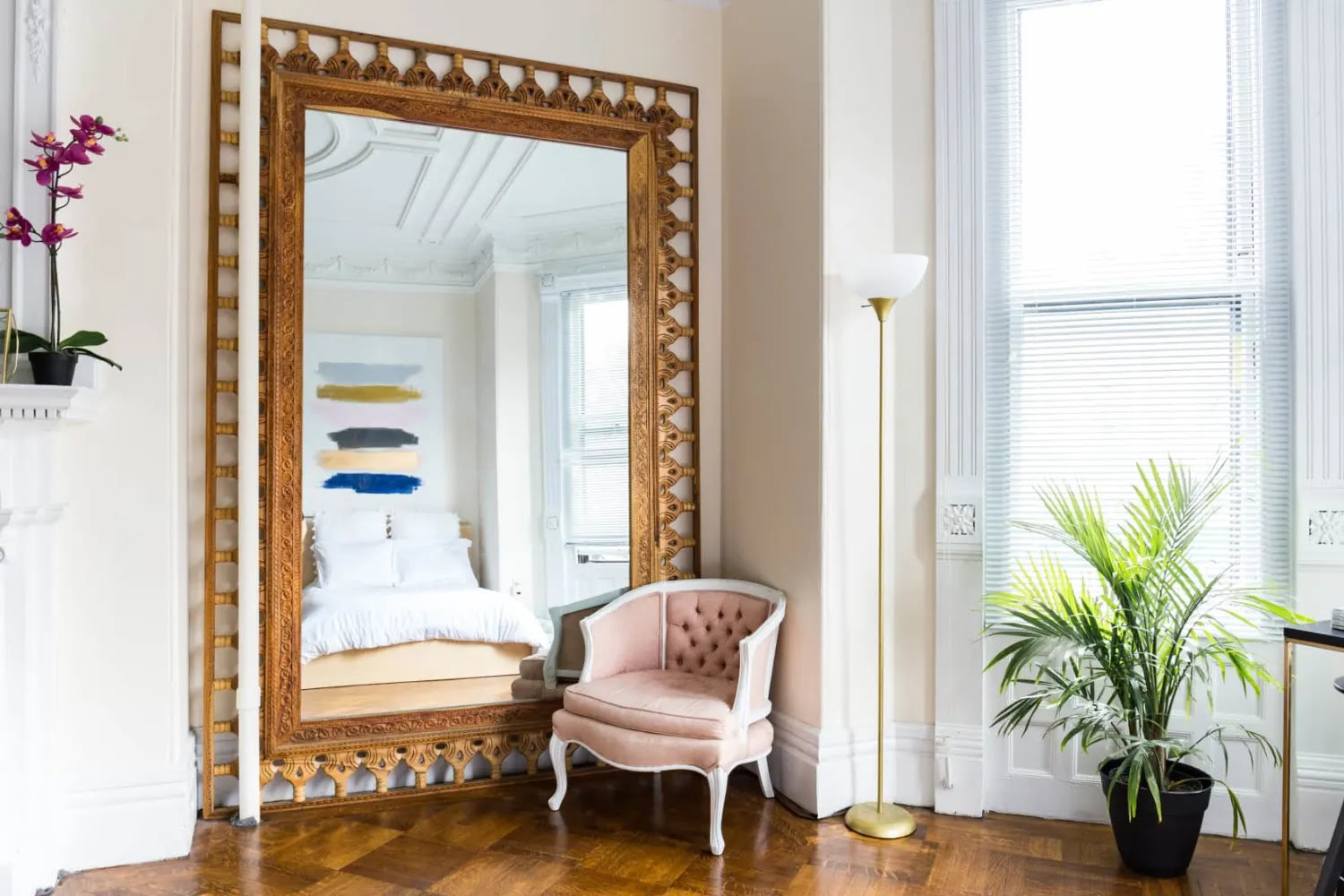
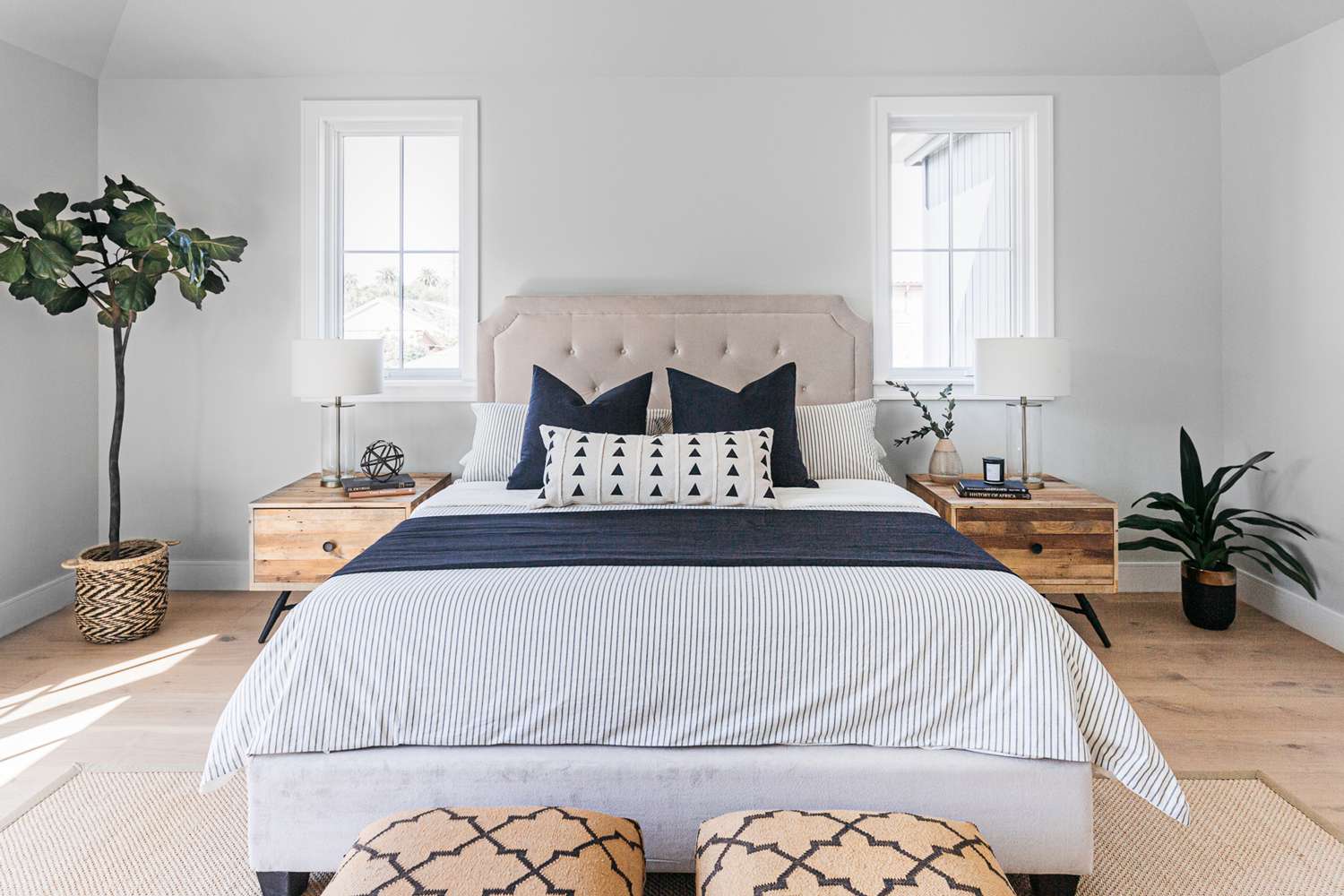
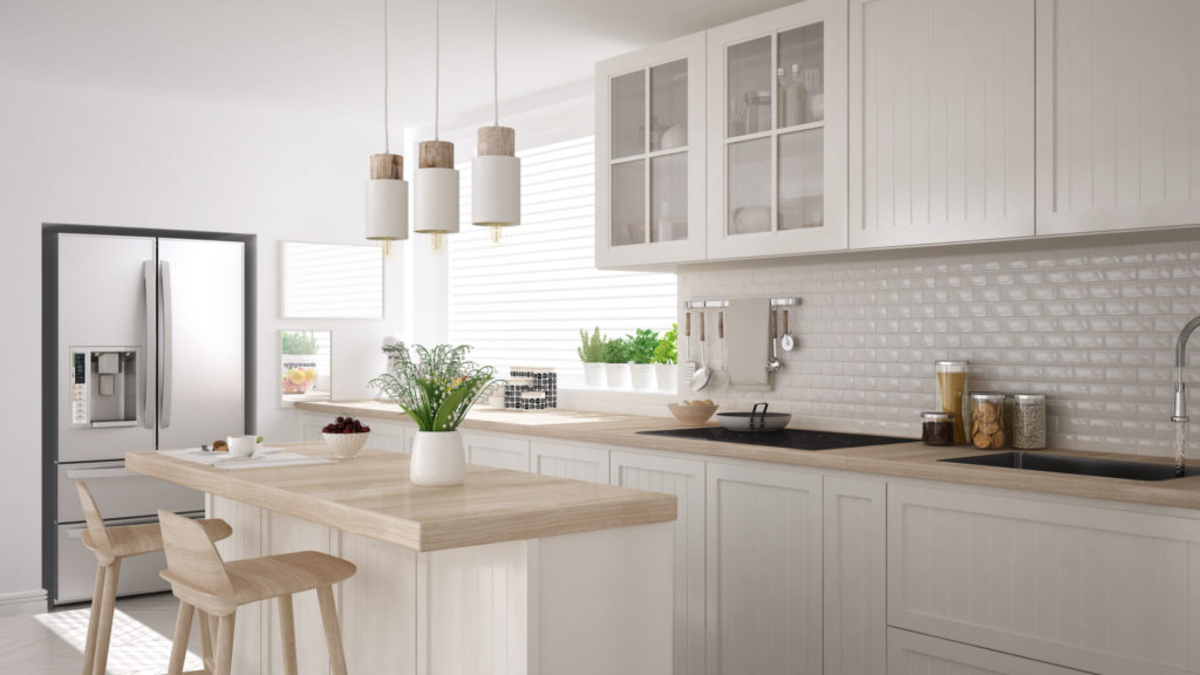

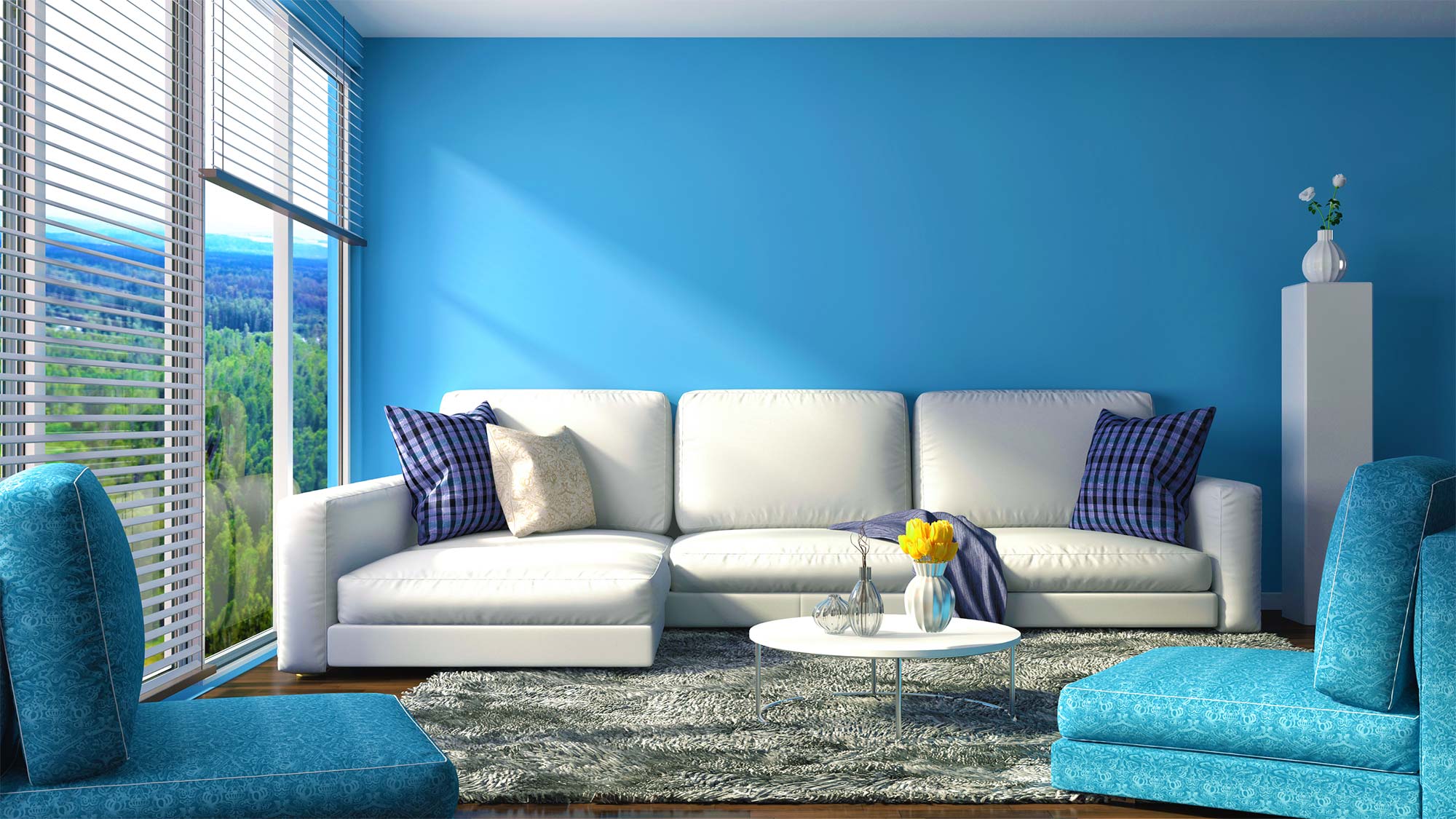
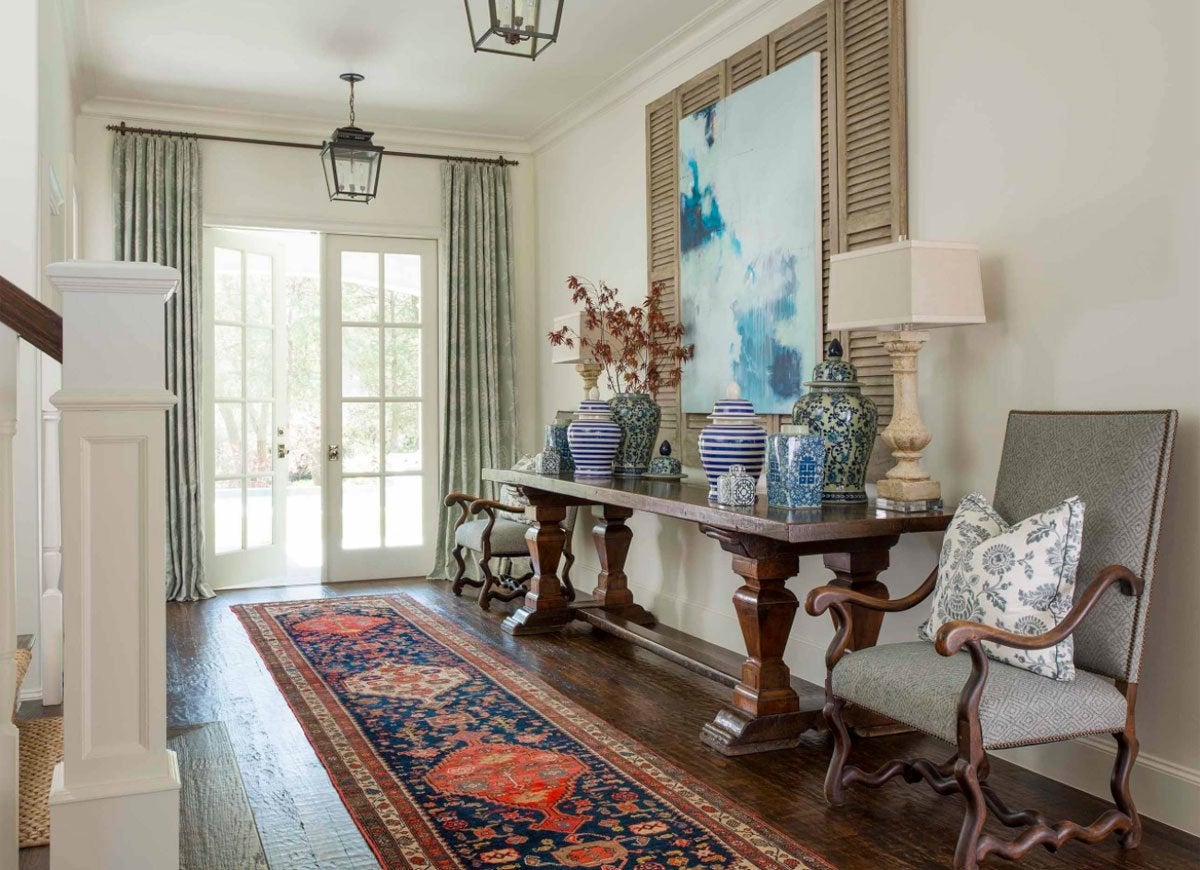
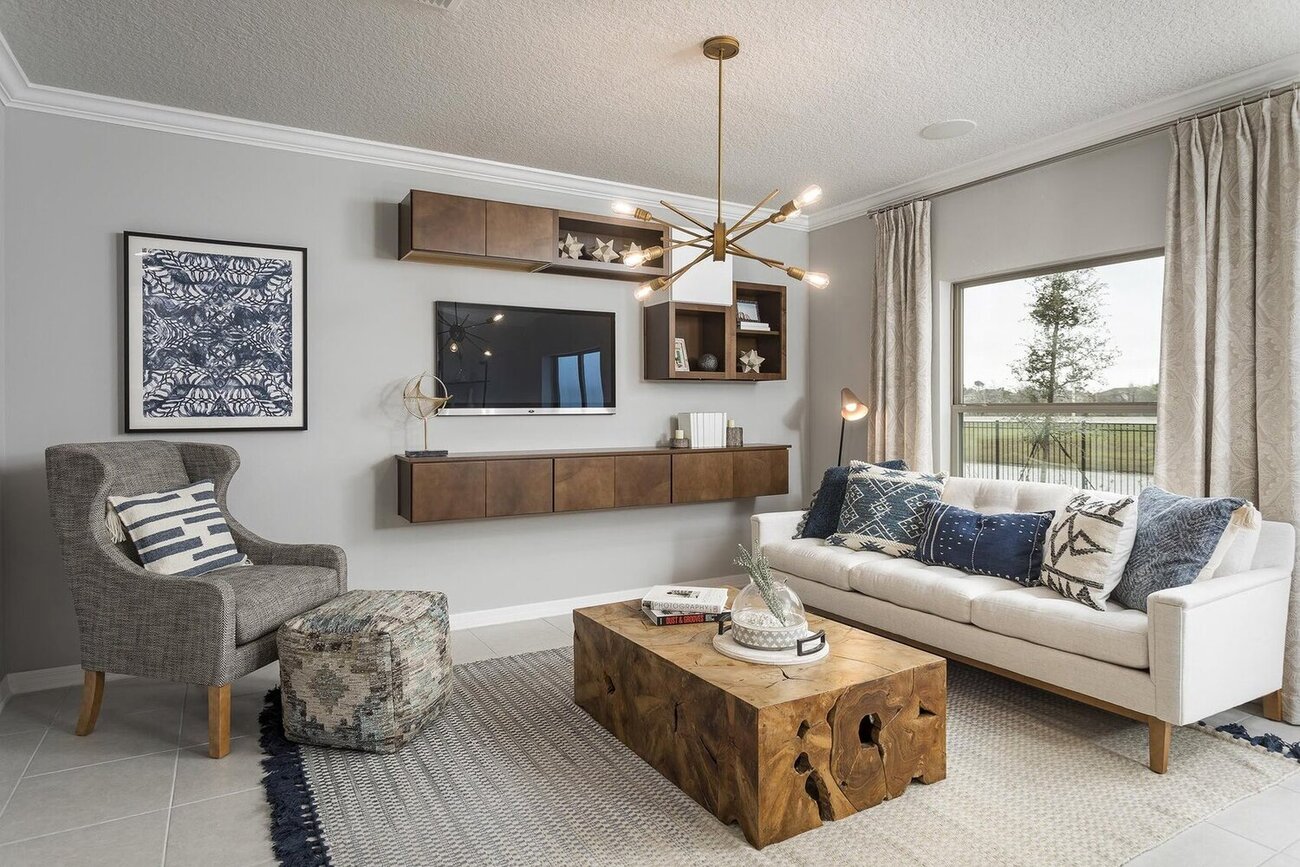

0 thoughts on “How To Make A Room Look Bigger With Mirrors”